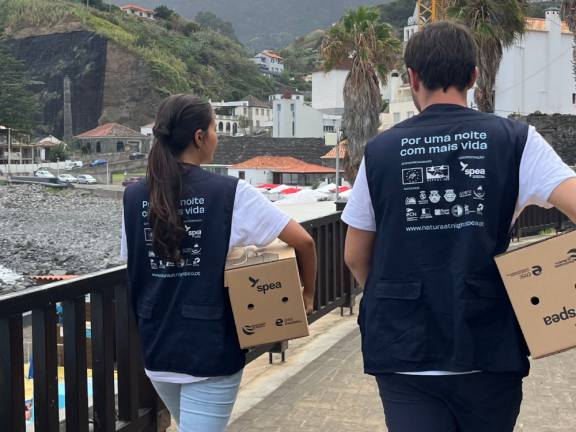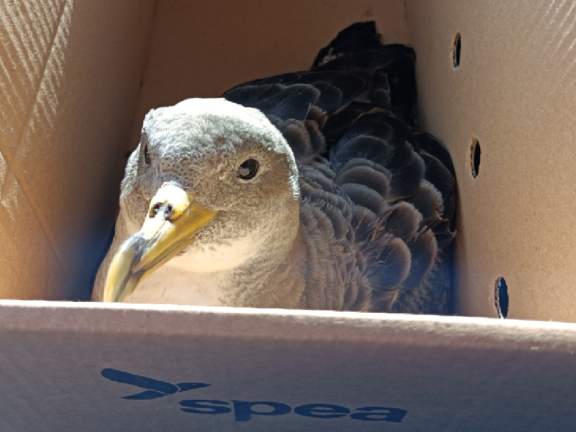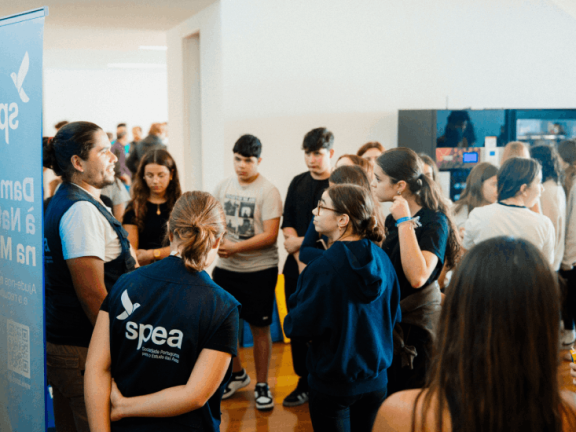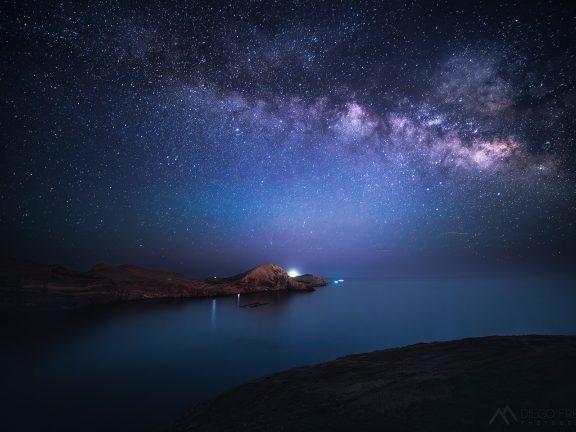This project aims to reduce the light pollution affecting the protected areas of the archipelagos of Madeira, Azores and Canary Islands, and also to mitigate its impacts on the species protected at EU level. Seabirds will be used as flag species and indicators of the impact of light pollution – one of the priority threats for this group in Macaronesia.
We will work with local authorities, fishermen and the community to reduce light pollution, to implement more efficient lighting, to contribute to better resource management and to fight climate change.
Study the impacts (of light pollution) on biodiversity.
Seabirds, bats and nocturnal butterflies are attracted to the lighting in cities. Light pollution induces physiological and behavioural changes causing episodes of massive mortality for some species. It is urgent to standardise the response to this problem in the Macaronesian archipelagos and to create a legal framework that minimises the impact of lighting on biodiversity.
Mapping light pollution (in protected areas)
Natural habitats are not only affected by direct light, but also by reflected light and sky glow that can travel large distances from its origin. Controlling lighting in urban environments is crucial to reduce its impacts on protected species and habitats. Through the mapping of artificial light in Natura 2000 network areas, we will be able to identify and reduce the main sources of pollution.
The reduction of light pollution in coastal areas will be achieved through the implementation of municipal plans for public lighting, pilot actions to change luminaires and the involvement of the population and local entities. Municipalities, hotels, schools and some boats have already stated their commitment to adopt good practices for their outdoor lighting. More biodiversity-friendly lights are also more efficient lights with greater savings potential.
Contribute for lighting regulation
The reduction of light pollution is a gradual process and the results of the project will continue to be achieved even after the end of the project. Through the analysis of the data collected and the actions implemented, we will contribute to the development of European, regional and local standards to reduce the impact of light pollution on biodiversity and Natura 2000 areas. The work in Macaronesia will be applicable to other regions to contribute to long-term sustainability.
Stopping biodiversity loss
It is estimated that around 1100 seabirds die due to light pollution in Macaronesia. Unfortunately, in addition to the ten breeding seabird species, it is estimated that nine species of native bats and hundreds of nocturnal butterflies will also be affected. With different conservation statuses, it is urgent to implement changes in the lighting in order that endangered species, such as the Zinos petrel or the Azores bat, can continue to find refuge on our islands.
Raising awareness to protect
Light pollution is a daily threat to biodiversity and human health. To ensure that results last over time, the support of local communities and entities is crucial. Through training, activities to raise awareness and environmental education, we will promote the adoption of good practices for lighting, focusing on energy sustainability, financial savings and the conservation of biodiversity.





